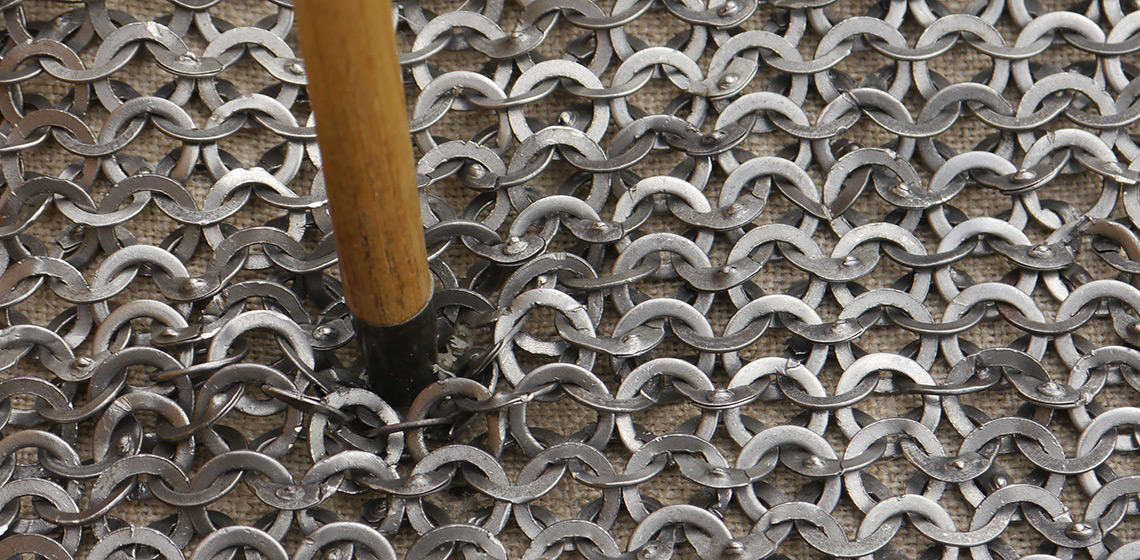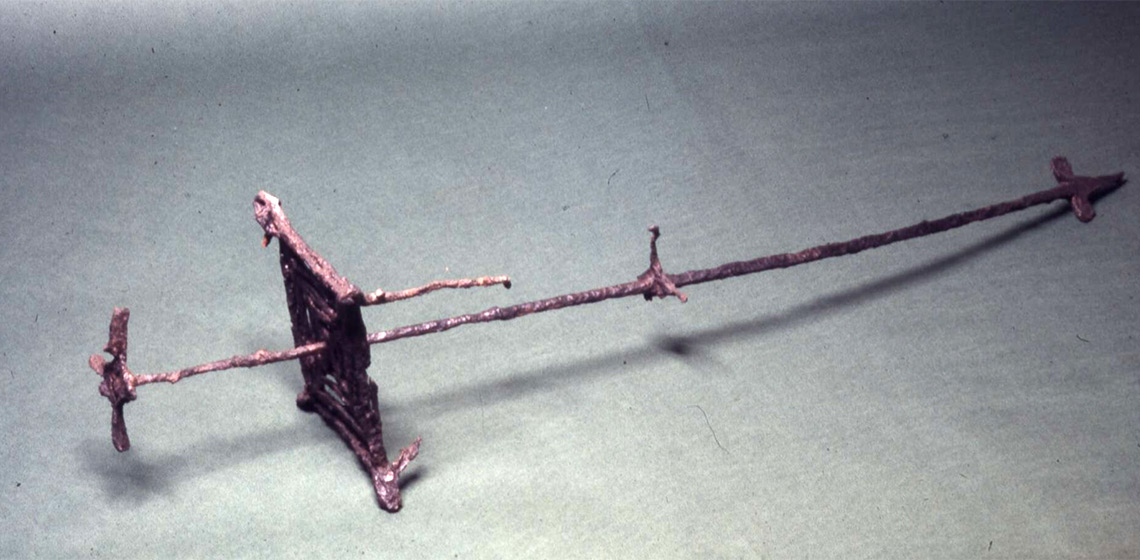Different Types of Needles for Specific Uses? Experimental Reproductions of some Finds from Aradetis Orgora, Georgia
Introduction
This research aimed to define the use of some specific, pointed tools found in the Bronze Age levels of the site of Aradetis Orgora in the Shida Kartli province of Eastern Georgia (Caucasus) (See Figure 1). Five “needles” with different morphological features were unearthed at the site during the recent excavations carried out by the joint GISKAP project of Ca’ Foscari University of Venice in collaboration with the Georgian National Museum (Tbilisi) (Gagoshidze, 2001; 2012; Gagoshidze and Rova, 2015; 2018a; 2018b).




